Setting the right brake gain for your trailer can be a difficult task, especially if you are new to towing. Brake gain is the amount of force applied by the trailer brakes when the brake pedal is pressed. If the brake gain is too low, the trailer will not stop fast enough, whereas if it is too high, the trailer brakes will lock up and make the situation worse. Therefore, it is very important to set the trailer brake gain at the right level. In this blog post, we will discuss how to set trailer brake gain correctly, and provide you with a step-by-step guide to help you get it right.
Table of Contents
The Trailer Brake Gain: What It Is and How It Works
For those of you who tow trailers, you know that braking can be a bit of a challenge. When you’re towing a heavy load you need brakes that are responsive and easy to use. The last thing you want is to be struggling to stop your trailer when you’re barreling down the road at high speed. One key factor that plays into trailer braking is the trailer brake gain. Let’s take a closer look at what the trailer brake gain is, why it matters, and how to set it for optimal results.
The first thing you need to understand about trailer brake gain is that it’s a measurement of the braking power that’s being applied to your trailer. The brake gain is typically expressed as a percentage, and it represents the amount of braking force that’s being applied to the trailer’s brakes when you hit the vehicle’s brake pedal. So, for example, if you’re using a brake gain of 50%, when you hit the brake pedal, the trailer’s brakes will receive half of the braking force that the vehicle’s brakes are applying.
So why does this matter? Well, the goal is to find the ideal balance between the vehicle’s braking force and the trailer’s braking force. If the gain is too high, the trailer’s brakes will be applied too aggressively, which can cause the trailer to skid or jackknife. On the other hand, if the gain is too low, the vehicle will be doing most of the braking, which can put a lot of strain on the vehicle’s brakes and potentially lead to brake fade.

So how do you determine the right brake gain for your trailer? The good news is that most modern brake controllers make this a pretty straightforward process. Many controllers have an automatic gain control feature that will adjust the gain for you based on various factors such as vehicle speed and the amount of weight that you’re towing. However, it’s still a good idea to start with a gain setting of around 25% and work your way up from there, making small adjustments as needed until you find the setting that feels right for your specific towing setup.
Understanding the trailer brake gain is crucial for maintaining optimal control and safety while towing. By finding the right balance between the vehicle’s braking force and the trailer’s braking force, you’ll be able to slow down smoothly and efficiently without putting undue strain on your brakes or risking a dangerous situation. Whether you’re a seasoned trailer owner or just starting out, take the time to familiarize yourself with your brake controller and the brake gain settings, and you’ll be a much happier and safer driver on the road.
Types of Brake Systems and Their Benefits
As a driver, one of the most important things you must have is a reliable braking system in your vehicle. If the brake system fails, it can lead to an accident that could be fatal. It is essential to understand the various types of brakes available, their benefits and limitations, and what would work best for your car. Here we highlight the different types of brake systems and their benefits to help you make an informed decision.
- Disc Brake System
The disc brake system is widely used on modern cars and is famous for its superior performance. This system comprises a rotor, brake caliper, and brake pads. The caliper grips the brake rotor’s edge, and the brake pads are pressed against both sides of the rotor’s disc to slow it down. The system’s benefits include greater stopping power, better heat dissipation, and less brake fade in comparison to other forms of brake systems. [1]
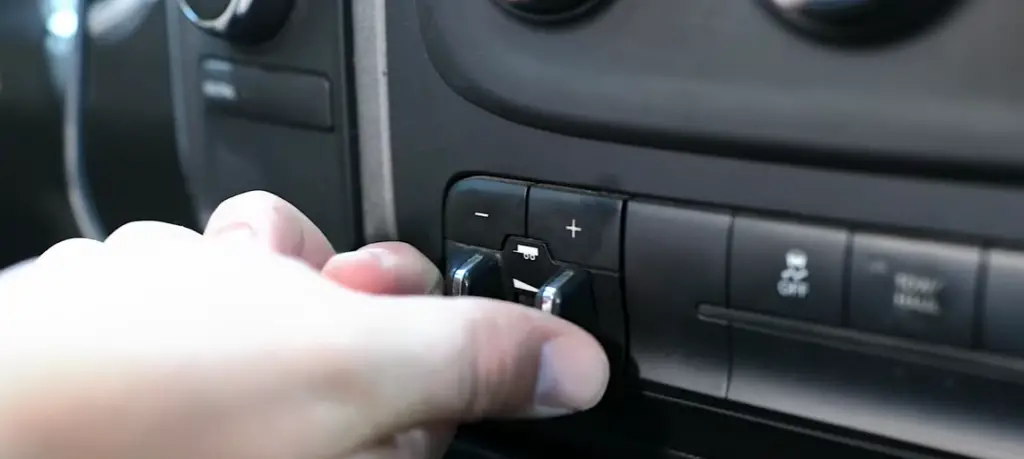
- Drum Brake System
Unlike the disc brake system, drum brakes are older but still used in some vehicles for their reliability and affordable cost. The drum brake system consists of a round, drum-shaped rotor, brake shoes, and wheel cylinders. The brake shoes press against the brake drum’s sides, causing it to slow down. The brake system’s benefits are that they consume little space, and they are less expensive to produce and maintain. [1]
- Carbon-ceramic brake system
The carbon-ceramic brake system is a top-of-the-line, high-performance brake system suitable for sports cars. This brake system is made of carbon fiber and ceramics and has numerous benefits, including that they have a longer lifespan, are less prone to dust and noise, and have excellent heat resistance.
- Electric Brake System
Electric brakes offer better braking control for heavy trailers, and RVs at higher speeds without generating much heat. These brakes use an electric brake controller to distribute the braking force between the trailer and tow vehicle evenly. The system’s benefits include greater control when driving in windy conditions or on steep downhill descents, improving driver confidence and stability.
- Air Brake System
Air brakes are typically found in heavy commercial vehicles such as semi-trucks. This brake system uses compressed air to power the brakes. When the brake pedal is pushed, it signals a valve to allow air to enter the brake system. The air pressure causes the brake pads to clamp down on the vehicle’s wheel to slow it down. The air brake system is effective for continuous use and easy maintenance.
Driving any vehicle requires a reliable brake system, and different types of brake systems are made to suit different vehicle types and driving conditions. Each type of brake system has its own advantages and disadvantages. Ultimately, choosing the right brake system is an essential factor in car safety and performance.
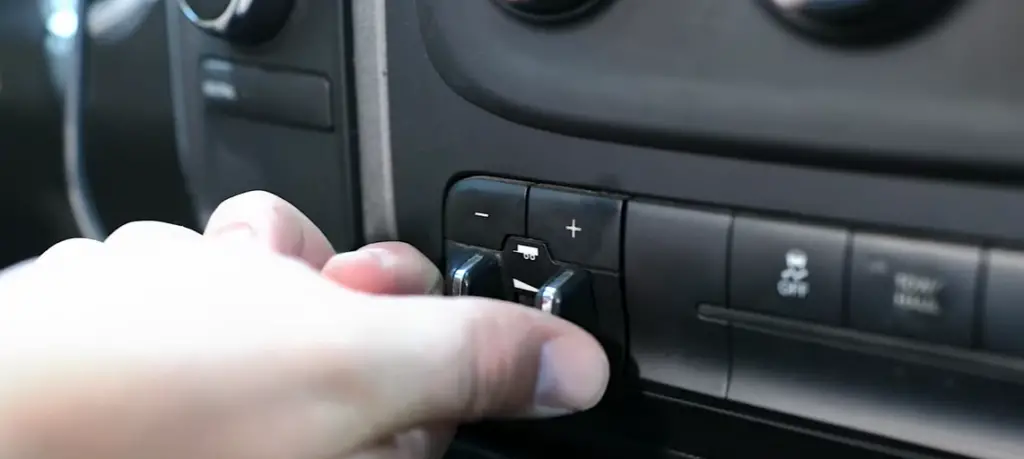
Brake Controller and Its Usage
If you’re towing a trailer or caravan, you need a brake controller. But what is it, exactly, and how does it work? Here we share everything you need to know about brake controllers: from the different types available to how to install one, and why you need one in the first place. By the end, you’ll have all the information you need to tow safely and confidently.
Essentially, a brake controller is used to manage brakes on the trailer. When you apply the brakes in your tow vehicle, the brake controller sends a signal to the trailer’s brakes to apply them in sync with your vehicle. This helps to distribute the braking force evenly between the two vehicles and prevent any dangerous sway. [2]
There are two main types of brake controller: time delay and proportional. Time delay controllers work by applying the trailer’s brakes after a set amount of time has passed since you hit the brakes on your tow vehicle. Proportional controllers, on the other hand, take into account the braking force of your tow vehicle and adjust the trailer braking accordingly. This means that the braking effort is proportional to the need, offering you more control and better safety.
So, why do you need a brake controller? Essentially, it’s all about safety. Without a brake controller, your trailer or caravan will be relying solely on your tow vehicle’s brakes to stop it. This can put a lot of strain on your tow vehicle and increase the risk of accidents, especially if you’re towing a heavy load. With a brake controller, you have better control and distribution of the braking force, which can reduce swaying, keep your vehicle more stable, and offer smoother, safer braking. [2]
A brake controller is an essential piece of equipment for anyone who needs to tow a trailer or caravan. By managing the brakes on your trailer, it offers you greater control, better distribution of braking force, and improved handling. Whether you opt for a time delay or a proportional controller, take the time to have it installed correctly so that you can tow with confidence and safety.
How to Set Trailer Brake Gain: Step-By-Step Guide
For anyone using a trailer to transport goods, setting the trailer brake gain properly is essential. It affects the braking force and the overall control of the vehicle while towing. With the right setting, you can ensure safe, efficient, and confident towing. However, it’s important to know how to do everything correctly so that it accurately reflects the needs of your tow vehicle and trailer.
Step 1. Check the owner’s manual of the tow vehicle and trailer
The manufacturer’s recommendations for setting the trailer brake gain can vary depending on the type of your vehicle and the trailer. So, the first step is to check the owner’s manual, which will provide the recommended setting range for the trailer brake gain. This recommendation is based on the weight distribution between the two.
Step 2. Find a flat, open area
In order to set the trailer brake gain correctly, you need to find a flat, open area to test it out. It should be a safe, clear space that allows you to drive forward and backward without any obstacles.
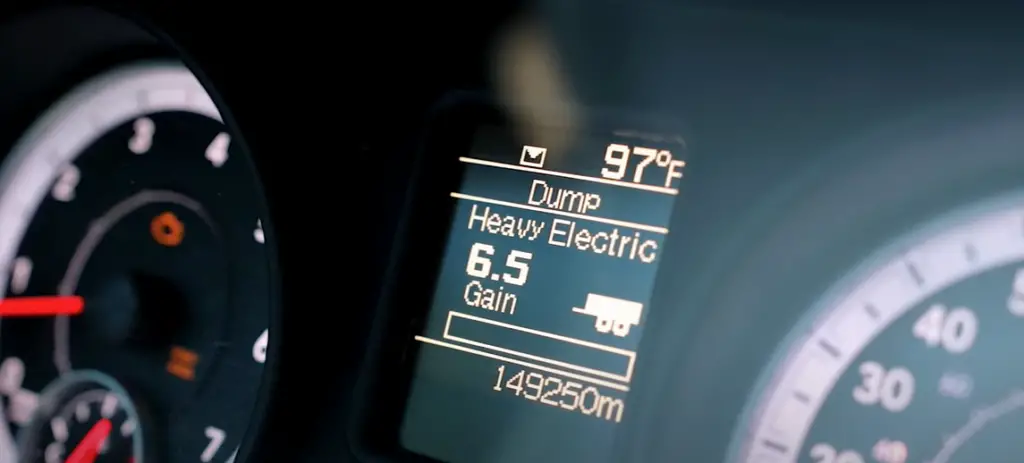
Step 3. Connect the trailer and tow vehicle
Once you have found a suitable area, connect the trailer and tow vehicle together. Make sure the trailer is loaded with a typical cargo load for an accurate brake gain adjustment.
Step 4. Adjust the gain
While driving at a slow speed, ideally 10 – 15 mph, adjust the trailer brake gain. Increase the gain until you notice that the trailer brakes are applying, then decrease it until they stop applying. The ideal gain is somewhere in the middle of these two ranges. Keep testing by increasing and decreasing the gain until you find the Goldilocks point of stopping the trailer without it jerking or feeling unsafe.
Step 5. Test the brake gain adjustments
After adjusting the trailer brake gain, test it out on the open area and ensure it’s working effectively with the amount of braking force required. Also, test it when driving, reversing or changing driving conditions so that you are confident the gain is correct.
Setting the trailer brake gain correctly is critical to ensure a safe, controlled tow. Take the time to check the owner’s manual, find an open area to test in, adjust the gain, and then test it out in different driving conditions. If you have any doubts about the gain being well-tuned, seek the help of a qualified trailer technician. With these steps, you will have set the trailer brake gain efficiently and with confidence, ready for your next haul. [3]
Tips for Trailer Brake Gain
Now let’s start discussing tips to help you adjust the brake gain on your trailer correctly to make your towing experience safer and more comfortable.
When adjusting trailer brakes, start by choosing the right equipment. You cannot achieve optimum brake gain performance with the wrong equipment or outdated parts. Choose brake controllers that are compatible with your trailer and vehicle specifications. You can also upgrade your brake system with new brake pads and calipers. Make sure to purchase a controller that is within your budget and has the correct features to suit your towing needs.
Before adjusting your brake gain, confirm that the tow vehicle and trailer brakes are functional. Check the brake pedal, wiring, and brake pads for any visible signs of wear or defects. Check the brake fluid and add if necessary. Verify the trailer brakes’ electrical connection to ensure smooth transmission of data between the brake controller and the brakes themselves.
When setting up the trailer brake gain, begin by testing the brakes in an open area to determine the proper setting. Find a smooth and flat surface to test by gradually increasing the brake gain while driving at a moderate speed, usually around 25 miles per hour. Notice the smoothness of the stop and adjust the gain based on the trailer’s weight and road incline. Adjust incrementally after each test run until you land on a comfortable braking point.
After you have set your trailer brake gain, it is essential to keep track of your braking performance. Listen to the noise of the brakes while driving; the brake pads should not squeak excessively. When the trailer is in motion, keep an eye on how the trailer reacts and moves through curves, different speeds, and terrains. Poor braking performance may indicate an incorrect brake gain setting, and you should adjust accordingly.
Never overlook the importance of regular maintenance of your trailer brake system. Have them serviced regularly to prolong the life of the system and ensure that it’s operating correctly. Inspect your brakes after every trip to identify any signs of wear and tear, like cracks or damage to the brake pads. Regular maintenance will ensure that your braking system is in optimal condition and provide maximum stopping capacity.
Trailer brake gain adjustment is an essential aspect that ensures safe towing. As always, keep an eye out for any signs of wear and tear on your brake system to ensure that you can replace or service the parts. By doing so, you can ensure that your towing experience is as smooth and safe as possible.
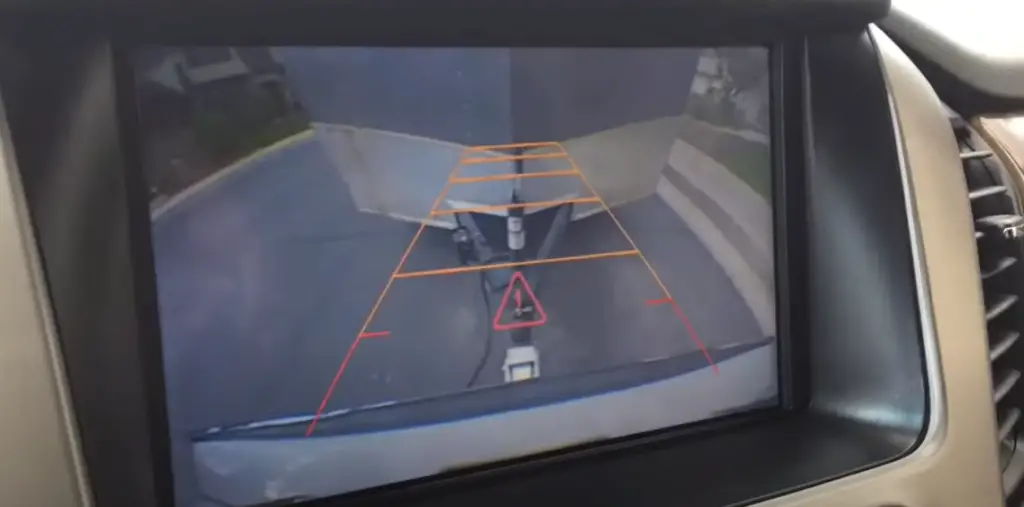
FAQ
What does gain do on trailer brake?
Gain is the setting on the brake controller that determines the amount of power applied to the trailer brake when the brake pedal is pressed. A higher gain setting means more power gets transmitted to the trailer, and a lower gain setting provides the opposite. This feature is essential, especially if you’re towing heavy loads, as it allows you to adjust the braking force based on the weight of the load you’re hauling.
What is the gain and sync on a brake controller?
The gain is not the only setting on a brake controller. There’s also the sync setting, and both settings work together. The sync setting determines how much braking force is applied to the trailer, relative to the braking force on the towing vehicle. In simpler words, it’s the timing or delay in applying the force. Gain applies the force, and sync determines when that force is applied. The two settings work hand-in-hand to provide controlled and consistent braking force.
Should trailer brake gain be high or low?
The gain setting should be adjusted based on the weight of the load you’re hauling. If you’re carrying a heavy load, the gain should be set higher to increase the braking force applied to the trailer, and vice versa. However, it’s a good idea to start low and gradually increase the gain to achieve the appropriate braking power gradually. It’s easier to stop a vehicle with a trailer that provides less braking than one that provides too much.
How much drag on trailer brakes?
When applying the brakes, there should be enough drag to slow down the trailer, but not cause it to lock up. If the trailer brakes lock up, it’s an indication that you need to adjust the gain and sync settings as this could lead to dangerous situations like jackknifing. Ideally, the brake controller should be calibrated for gradual stops, which require a little more drag on the trailer brakes.
Useful Video: Integrated Trailer Brake Controller | Ford How-To | Ford
Conclusions
In conclusion, setting the trailer brake gain is an important aspect in towing, and it is crucial to get it right. By following the above-stated steps, you can easily set the right brake gain level and ensure that the trailer brakes function properly. Always remember to test the brakes and make necessary adjustments based on road conditions, weight and weather to ensure that you remain safe while driving.
References:
- https://www.spinny.com/blog/index.php/types-of-brakes/
- https://www.elecbrakes.com/blog/what-is-a-brake-controller-and-how-do-they-work/#:~:text=A%20brake%20controller%20is%20an,for%20activating%20the%20trailer’s%20brakes.
- https://www.curtmfg.com/trailer-brakes-controllers#:~:text=To%20set%20trailer%20brake%20gain%2C%20start%20with%20the%20values%20specified,lock%20up%2C%20decrease%20the%20gain.

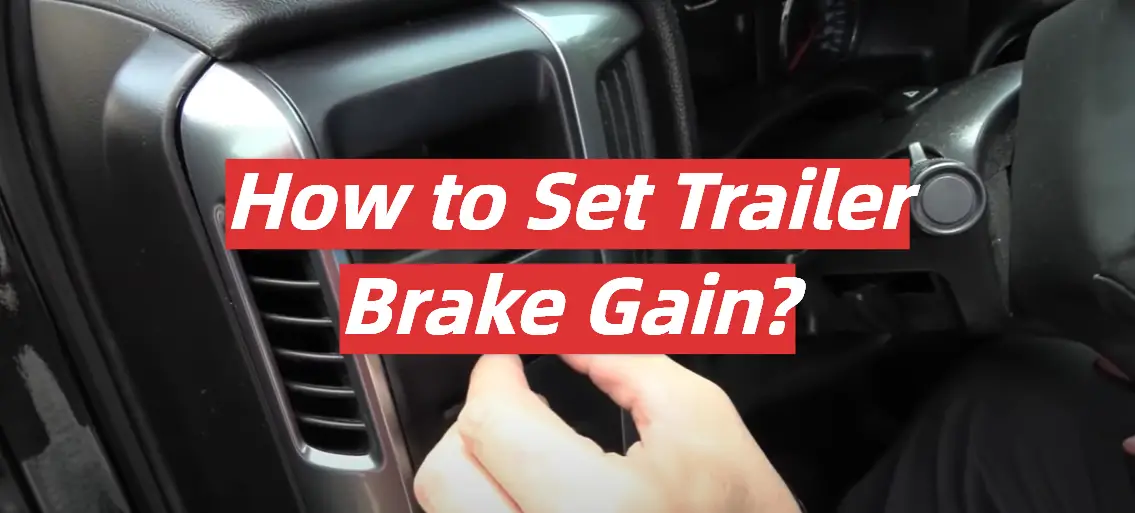
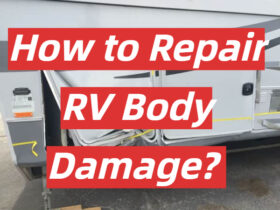
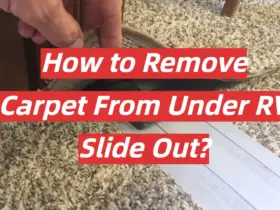
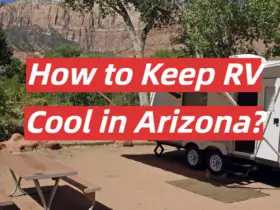
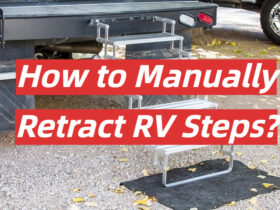
Leave a Reply